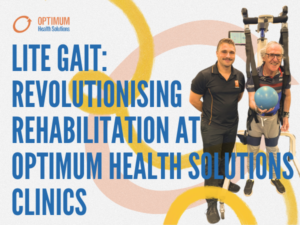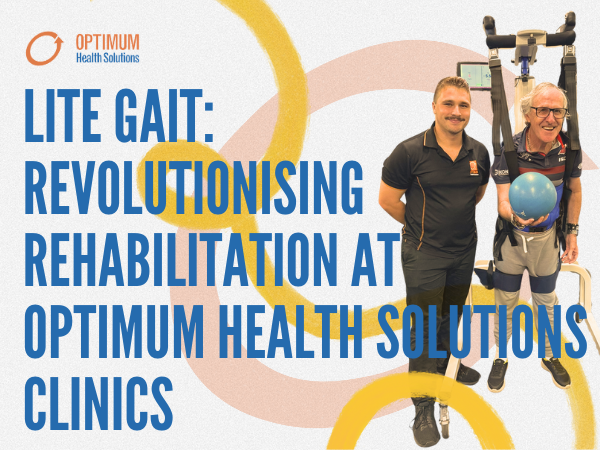Exercise is an essential component of our health and well-being. As a result, it is crucial to address any barriers that may arise that restrict our participation in these activities (or any activities for that matter). Leakage, passing wind, sensations of heaviness, or bulging during exercise can be extremely limiting and distressing. It is essential to know that if you experience any of these symptoms, YOU ARE NOT ALONE.
Here are some top tips to help with pelvic floor control during exercise:
Time of Day:
- Exercising in the morning/earlier in the day is a great place to start. Throughout the day, our pelvic floor muscles bear the load of various activities. As the day progresses, the pelvic floor muscles become more fatigued and find it hard to provide adequate support, increasing the prevalence of symptoms. By scheduling exercise sessions earlier in the day, when the pelvic floor is less tired, you can mitigate the impact of these symptoms, allowing you to engage in physical activities more comfortably and confidently.
Types of Exercise:
- Heavy-impact exercises, such as running and jumping, can place significant stress on the pelvic floor. Therefore, these activities can exacerbate symptoms. It is advisable to start with low-impact exercises and gradually progress to higher-impact activities as your strength and endurance improve. This approach allows the pelvic floor muscles to adapt and strengthen over time, reducing the risk of overexertion and discomfort. Low-impact exercises like swimming, cycling, or walking are excellent starting points for building strength gradually.
Breathing Pattern:
- Good breathing patterns can significantly stimulate pelvic floor contractions and reduce pressure on the pelvic floor during exercise. Practice conscious breathing techniques during a workout’s challenging components or heavy load phases. Exhaling during these periods can help maintain pelvic floor contraction while relieving pressure on the pelvic floor. Synchronised breathing and pelvic floor engagement contribute to a more balanced and controlled exercise experience.
If you are still experiencing these symptoms despite trialing these tips, visiting a pelvic floor physiotherapist would be a significant next step to help you. These specialised healthcare professionals possess extensive knowledge of pelvic floor anatomy. They can provide personalised assessments, treatments, and exercises tailored to your needs. They will work closely with you to identify any underlying causes, develop a comprehensive management plan, and support you throughout your journey toward better pelvic floor control during exercise.
Remember, your pelvic floor health is essential for your overall well-being. By addressing any barriers that impede your participation in physical activities and incorporating these strategies, you can work towards enjoying exercise while minimising discomfort and maximising the benefits for your health.
ABOUT THE AUTHOR
Erin Pearson is a Physiotherapist at the Optimum Health Solutions clinic in Cessnock.

Onero: Improving Bone Health
Optimum Health Solutions Advances Osteoporosis Care with ONERO™ Program Optimum Health Solutions has made significant strides in osteoporosis management by having multiple clinicians complete the

Speech and Language Development
1 year With understanding, by 12 months, children can usually: Understand 10 words Respond to their name Attend to greetings and gestures (e.g. “hi” and

Functional Communication
Functional communication is a common term used within the speech pathology field. It refers to the ability of an individual to express their needs, wants,

Lite Gait
Advancements in technology have been pivotal in improving patient outcomes and enhancing therapeutic interventions in physical therapy and rehabilitation. One such groundbreaking innovation is LiteGait,

Speech Pathology Home Practice
Embarking on a journey to enhance communication skills through Speech Therapy is key to fulfilling an individual’s true communication potential. While the guidance of a

OT Executive Function Approaches
What is executive function? Executive functioning skills are mental skills that allow us to manage every aspect of our lives! Attention, problem solving, flexible thinking,








